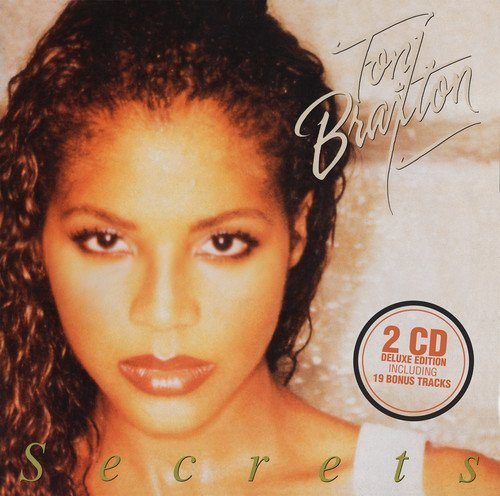I put together this simple checklist for my students and other beginning multimedia reporters. It includes basic advice and techniques for shooting photos and video and recording audio. It fits on one double-sided piece of paper. It isn’t designed to be a comprehensive field guide, but rather a quick reminder of key items and concepts that can be easily forgotten in the craziness of working as a backpack journalist.
I’ve posted it here in three versions: 1.) As a blog post with links to tutorials and further reading. 2.) As a PDF that can be downloaded and printed. 3.) And as a word document (.doc) that can be modified and personalized.
MULTIMEDIA REPORTING CHECKLIST
Before You Go
- Do your research. Become an expert. Know what you do not know.
- Coordinate with other reporters. Are you reporting alone or with a team?
- Set up interviews. Confirm specific times and locations. Bring phone numbers.
- Prepare interview questions.
- Consider the location and the challenges it might present. (Outside? Artificial light? Noisy?)
- Think through possible visual and audio elements. (What is there to see? Are sounds important to the story? Is there action?)
- Sum up your story in one sentence that clearly states who, what and why. Revise it as you go.
- Be flexible. Be willing to explore an angle that you have not considered.
- Make sure your equipment is prepped and organized.
Equipment
Primary Tools
- Cell phone or Smartphone (For apps and other gadgets, see this mobile journalism guide)
- Audio recorder
- Digital camera that shoots both stills and video
- Notebook, pens and pencils
Accessories
- Tripod
- Microphones
- Headphones
- Cords and cables
- Lenses
- Filters
- Lights
- Extra memory cards
- Chargers
- Batteries
Optional/Other
- Laptop or iPad
- External hard drive (if you are shooting a lot of video)
- Equipment manuals
- Heavy-duty tape (when you have to improvise)
- Zip-lock bags (in case of weather)
Tips for Reporting
Basics
- Double check spelling of names, ages, and contact info for all sources.
- Note location, date, and time for media gathered.
- List the essential facts of story (5 Ws).
Still Images
- Shoot more than you need. Get closer.
- Compose using the rule of thirds. Shoot horizontally.
- Shoot wide, medium, close-up and extreme close-ups.
- Shoot details (eyes, hands and personal items).
- Compose clean portraits of sources.
Audio
- Find a quiet place for interviews.
- Always wear headphones. Check your levels.
- Record 30 seconds of room tone for easier editing.
- Place microphone a few inches below or to side of mouth to avoid “plosives.”
- Get an ID for each interview: Name, age, hometown, and occupation.
- Encourage subject to answer in complete sentences. Ask people to repeat themselves if necessary.
- Be silent. Don’t say “uh huhh.” Maintain eye contact.
- At end of interview, ask, “What else should I know?”
- Record ambient sound effects. Identify the sound into your microphone before recording it.
- Don’t stop recording until you are in your car. Sometimes the best stuff happens after the formal interview.
Video Interviews
- When possible, use a tripod.
- Use microphone and headphones. Check your sound levels.
- Set white balance for each location.
- Pay attention to head and nose room in composition. The subject should not look directly into the camera; they should look into frame, not out of it.
- If you are not using additional lights, make sure sun or main light source is over your shoulder.
Video B-Roll
- Shoot a variety of shots and angles.
- Shoot in sequences. The five-shot rule is a good guide.
- Hold each shot for 10-15 seconds.
- Avoid pans or zooms.
- Let action move across frame rather than moving with it.
- Shoot an opening and closing shot.

















